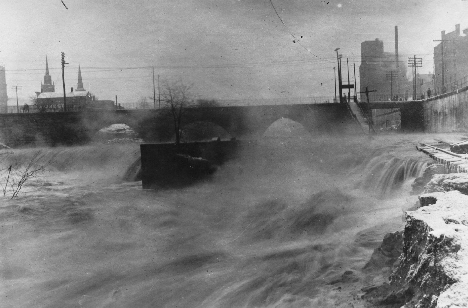|
|
|
|
In this class, David Hacker and I describe the physical processes that move water around the planet, and discuss how these physical processes contribute both to water’s role as a provider for societies, and how water can become a destructive agent, both through natural causes and through mismanagement. The class uses northeastern Ohio as a guide to many of these issues--we discuss the role of canals in the early development of Ohio, dams and industry, and the problems these features have created for modern Ohioans. We also look globally, and use several classic books on water as texts for the class, including John McPhee’s The Control of Nature and Marc Reisner’s Cadillac Desert. Course Syllabus Lecture Notes Outside Links |


